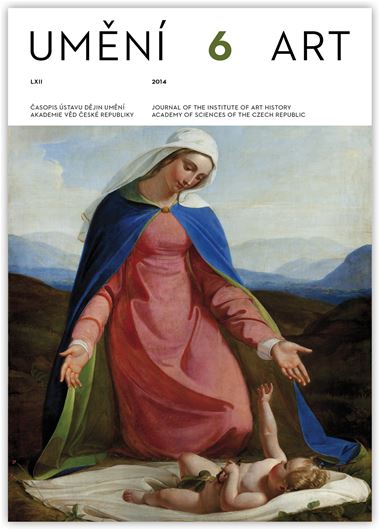Pavla Machalíková
Sacred Image in Bohemia in the First Third of the Nineteenth Century
The creation, theory, and reception of religious images in modern European art after 1800 form a frequent topic in the study of 19th-century painting and of reflections on religious art and its relationship to the modern concept of art and modern theories of the image. This article looks at two paintings dating from around the year 1823 – Madonna Adoring the Child by František Tkadlík and Madonna Immaculata by Joseph Führich – and examines their significance in relation to the concept of scared and modern art in early 19th-century Bohemia. Both works had a clearly defined function: they were commissioned as altar paintings and the first of them was first exhibited alongside other works of modern art (at a public exhibition). Both artists drew on traditional (and amongst devotional prints widespread) types of Marian images and employed their general intelligibility towards creating their own unique and wholly modern works. Early 19th-century religious painting exemplifies the fusion of artistic and aesthetic qualities on the one hand and criteria relating to the evaluation of an image from the perspective of its liturgical function and effect on the other. At a time when the traditional division of artistic categories was waning and new ideas were forming about art genres and institutions and artists themselves, devotional images, which were traditional liturgical, not aesthetic, artefacts, became the centre of interest for some theorists and artists as representing an ideal example of an image created out of an inspired vision rather than on the basis of some refined literary model or the principles of high art. This capacity for an internal vision on the one hand and for translating that vision clearly by artistic means of expression on the other became one of the most highly valued qualities of modern artistry. festival book. The event becomes merely the basis for fulfilling the primarily purpose of the coronation, which is its representation in text and image. nd part a depiction of the world as God’s creation.
Full-text in the Digital Library of the Czech Academy of Sciences:
https://kramerius.lib.cas.cz/uuid/uuid:78e58c42-a72b-4da1-82c1-274b329c77b4
< back

